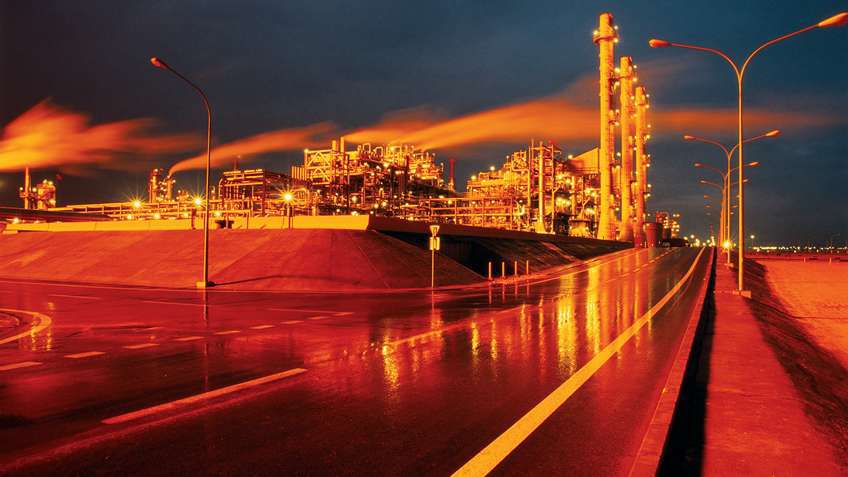Recommended For You
The fact is, 60% of oil and gas employees are over the age of 45*. The impending retirement of a significant source of experience and practical know-how is a massive hurdle for an industry faced with a wide range of challenges.
Continuing staff shortages and high staff turnover have an impact on asset safety, with inexperienced employees, or, in many cases, third-party contractors, unsure how certain processes get implemented or how some systems work. At the same time, operations move further offshore in search of natural resources and into new environments in sometimes remote locations onshore.
Staffing facilities such as these can mean expensive relocation, even if you can find people wanting to take the roles on in the first place. Even if you do, it's tough to find applicants with the right blend of training, experience, knowledge and career years in hand.
Continually evolving technologies, however, can help to provide some answers. With the right people and assets, subsea production facilities can cost up to 50 percent less to operate than surface platforms, due to reductions in topside staff and supplies required. And by moving production to the seabed and decreasing the amount of pressure otherwise needed by surface platforms to extract resources, oil and gas companies can recover up to 20 percent more from producing fields.
In terms of onshore activities, automation can play a major role in bringing together various systems located over a large geographic area. This allows operators to reduce total lifecycle costs when realising the potential of new resources by having one, consistent network environment in place that supports optimisation of efficiencies and production.
A centralised control hub featuring open, standards-based multidiscipline control for continuous production reduces complexity and increases operations-wide visibility. Having this common platform makes production, decision-making, maintenance and repair that much easier. Just as importantly, it empowers fewer staff with more influence over operations in diverse locations offshore or onshore, and throughout the supply chain.
These ‘knowledge workers', as their roles are expanding beyond those of operators, can share their expertise with the wider production function of a given business, making for more efficient use of resources and faster problem-solving.
Accessibility to actionable asset and production information makes systems less dependent on staff numbers alone. These types of roles suit younger staff coming into the industry that are more comfortable with new digital technologies, pick up and use new equipment and processes faster, and are open to seeing the potential for further innovations that help to improve efficiency and reduce costs. Less constrained by conventional approaches to production, they bring their own knowledge and initiative to the workplace.
Where specialised expertise is required, outsourcing provides the flexibility to call on resources as and when needed, with service level contracts in place to provide a structure to the depth and complexity of work carried out. Available 24 hours a day, 7 days a week, these support services can help you to maintain control and productivity if downtime looks likely, and to provide streamlined recovery processes if needed.
Find out how we're supporting:
- Subsea operations
- Onshore gas operations
- Support services
Published August 21, 2014


